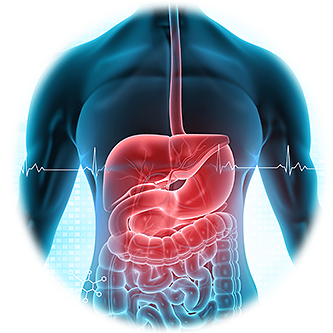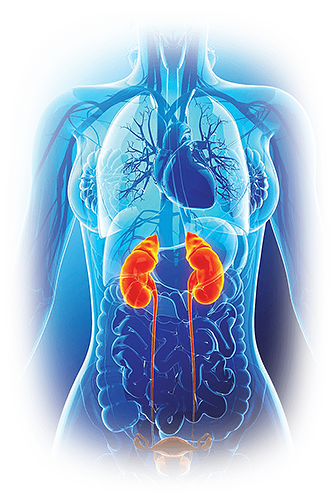Login
For Clinician Providers
For Clinician Providers
For Patients
QuantiFERON-TB Gold Plu s (QFT-Plus)
8980
| Methodology: | Enzyme-Linked Imm u nosorbent Assay (ELISA) |
| Performed: | Mon-Fri |
| Reported: | 3-5 days |
| Specimen Required: | Patient Preparation: None required Collect: QFT (#4 tubes) Kit OR Lithium-heparin tube. Specimen Preparation: Follow all precaution for handling biological material. Use all appropriate Personal Protective Equipment (PPE). *** Blood collection tubes (both QFT tubes OR Lithium heparin tube( Large tube) should beat room temperature at the time of collection. ***QFT uses the following collection tubes: 1. QuantiFERONNil tube (gray cap with whitering) 2. QuantiFERONTB1 tube (green cap with whitering) 3. QuantiFERONTB2 (yellowcap with whitering) 4. QuantiFERON Mitogen tubes (purple cap with whitering) *** Alternatively, blood may be collected in into a single lithium-heparin Large tube for storage prior to transfer to QFT- tube sand incubation. Refer to handling conditions below for specimen stability*** Procedure: 1. For each subject, collect 1 ml of blood by venipuncture directly into each of the QFT-Plus blood collection tubes. This procedure should be performed by a trained phlebotomist. Note: As 1ml tubes draw blood relatively slowly, keep the tube on the needle for 2–3 seconds once the tube appears to have completed filling, to ensure that the correct volume is drawn. The blackmark on the side of the tubes indicates the 1 ml fill volume. If the level of blood in any tube is not close to the indicator line, it is recommended to obtain another blood sample. Under or over-filling of the tubes outside of the 0.8 to 1.2 ml range may lead to erroneous results. For safety reasons, this is best performed by removing the syringe needle, ensur in gappropriate safety procedures, removing the caps from the 4QFT-Plus tube sand adding 1ml of blood to each (to the black markon the side of the tube label). Replace the tube caps securely and mix as described below. Note: If a “butterfly needle” is being used to collect blood, a “purge” tube should be used to ensure that the tubing is filled with blood prior to the QFT-Plus tubes being used. 2. Immediately after filling the tubes, shake them ten (10) times just firmly enough to ensure the entire surface of the tube is coated with blood, to dissolve antigens on tube walls.Note: Tube temperature should be between 17–25°C (62.6–77°F) at the time of blood tube filling.Note: Overly vigorous shaking maycause gel disruption and couldlead to aberrant results. 3. Label tubes appropriately.Note: Ensure each tube (Nil,TB 1, TB 2, Mitogen) is identifiable by its label or other means once the cap is removed. 4. Following filling, shaking and labeling, the tubes must be transferred to a 37°C ± 1°C incubator as soon as possible, and within 16 hours of collection. Prior to incubation, maintain tube sat room temperature (22°C ± 5°C [71.6°F±9°F]). Do not refrigerateor freeze the blood samples. Incubation of blood Procedure:1. If the blood is not incubated immediately after collection, remixing of the tubes by inverting 10 times must be performed.2. Incubate the tubes UPRIGHT at 37°C ± 1°C for 16 to 24 hours. The incubator does not require CO2 or humidification.3. Following 37°C± 1°C incubation, blood collection tubes may bestored between 4°C and 27°C for up to 3 days prior to centrifugation. Storage/Transport Temperature: Refrigearated. Stability: Lithium heparintubes (green top): Room temperature: 12 hours. Refrigerated: up to 48 hours. QFT tubes: Room temperature: 16 hours. Rejection Criteria: Any sample that is mislabeled; Any broken or damaged tubes; Sample received beyond specimen stability and temperature requirement. NOTE: * This test is approved for all states. * Performing LabAccu Reference Medical Laboratory |
| CPT Code(s): | 86481 |



